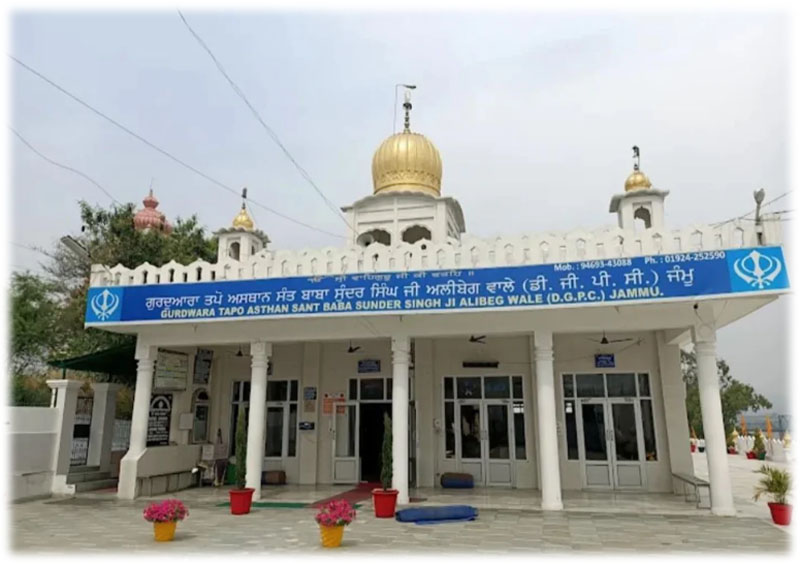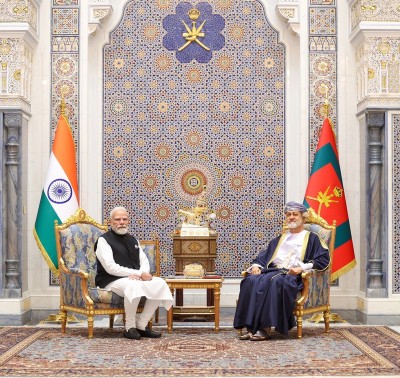 Sikhs
Sikhs
The enduring legacy of Sikhs in Jammu and Kashmir
Jammu and Kashmir, a region steeped in history, has been witness to the profound impact of Sikhism dating back to the era of Guru Nanak Dev Ji.
The journey of Guru Nanak Dev Ji across the region left an indelible mark on its people, a legacy that persists to this day.
Through Guru Nanak Dev Ji’s teachings and the tireless efforts of his followers, Sikhism found fertile ground in Jammu and Kashmir, firmly taking root in its cultural and social fabric.
The historical accounts of the Sikhs in this region reveal a multi-phased narrative of settlement and influence. During Guru Nanak Dev Ji’s extensive travels, emissaries were dispatched to Kashmir to propagate the teachings of Sikhism. The forefathers of the Sikhs in the valley migrated from places like Mathura during the time of Mohammad Ghaznavi, establishing themselves in regions like Kashmir, Pothohar, and Rawalpindi. Drawn from diverse castes, including Dutts, Sasan, Soodan, Sadiwal, Raina, Reen, and Lou, these ancestors formed the foundation of the Sikh presence in the region.
The subsequent phases unfolded with more Sikhs converging on Jammu and Kashmir. During the reign of the Afghan Governor Sehajdhari Sikh Raja Sukh Jiwan Mal (1753-62), hundreds of Sikhs were brought from Pothohar, Rawalpindi, Hazara, and Punjab to the valley. Their settlement was solidified after the demise of Raja Sukh Jiwan Mal. This era also witnessed the restoration and enhancement of Gurdwaras in places like Mattan, Anantnag, Bij Behara, and Sri Chand.
Under the Khalsa rule of Maharaja Ranjit Singh, Sikhs were further integrated into Jammu and Kashmir. Settlers from Punjab, Pothohar, and Rawalpindi played crucial roles during this period. A notable event occurred during the tenure of Governor Kashmir, S. Hari Singh Nalwa, where a ‘Shuddhi Movement’ led to conversions to Hinduism and Sikhism among around 50,000 Brahmins.
The Sikhs, known for their courage and valor, have historically been associated with the armed forces and agriculture. Inhabitants of remote and challenging terrains, they initially faced agricultural hardships, which they overcame with dedication and tenacity, transforming into successful agriculturists. The martial spirit within the Sikh community led them to make immense sacrifices for their homeland. Notable figures like Baba Banda Singh Bahadur, Santu Singh Rance, and decorated generals such as Bikram Singh and R.S. Reen exemplify this commitment.
Guru Hargobind Sahib’s doctrine of Miri Piri, seamlessly intertwining spiritual and temporal authority, has deeply influenced the Sikhs in the region. Many Sikh politicians, across different party affiliations, have ardently championed the community’s causes. Figures like Sardar Dayian Singh, Attar Singh Governor, and Bhai Kanhiya Singh have made significant contributions, bridging the worlds of politics and Sikh values.
Despite their relatively small numbers, Sikhs have left an indelible mark on the cultural, educational, political, religious, and social landscape of Jammu and Kashmir. The community played pivotal roles during the Sikh rule under Maharaja Ranjit Singh and the Khalsa army, leaving a legacy of bravery and dedication. However, challenges arose during the Dogra rule and the tumultuous events of the Kabali attacks in 1947, which took a toll on the Sikh populace. An estimated 33,000-35,000 Sikhs, including Nanak Naam Leva, made the ultimate sacrifice for the region.
Through adversity and triumphs, the Sikh community’s resilience shines. Despite facing hardships, they have contributed immensely to various spheres, producing professionals and leaders in education and public service. The Sikhs’ legacy endures as a testament to their enduring spirit and unwavering commitment to Jammu and Kashmir’s rich tapestry of history.
(Photo and Text credit Khalsavox.com)
Support Our Journalism
We cannot do without you.. your contribution supports unbiased journalism
IBNS is not driven by any ism- not wokeism, not racism, not skewed secularism, not hyper right-wing or left liberal ideals, nor by any hardline religious beliefs or hyper nationalism. We want to serve you good old objective news, as they are. We do not judge or preach. We let people decide for themselves. We only try to present factual and well-sourced news.






